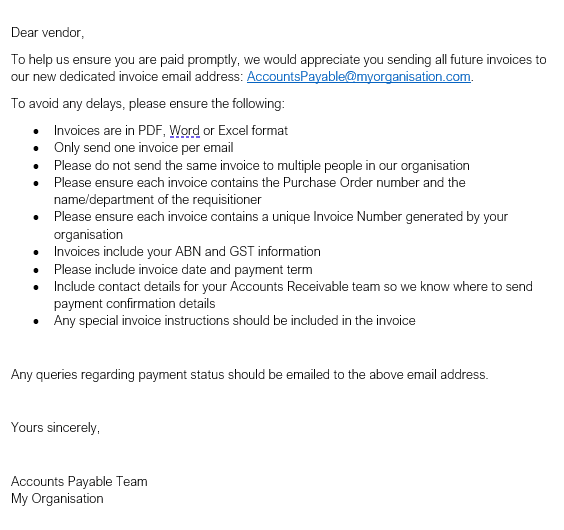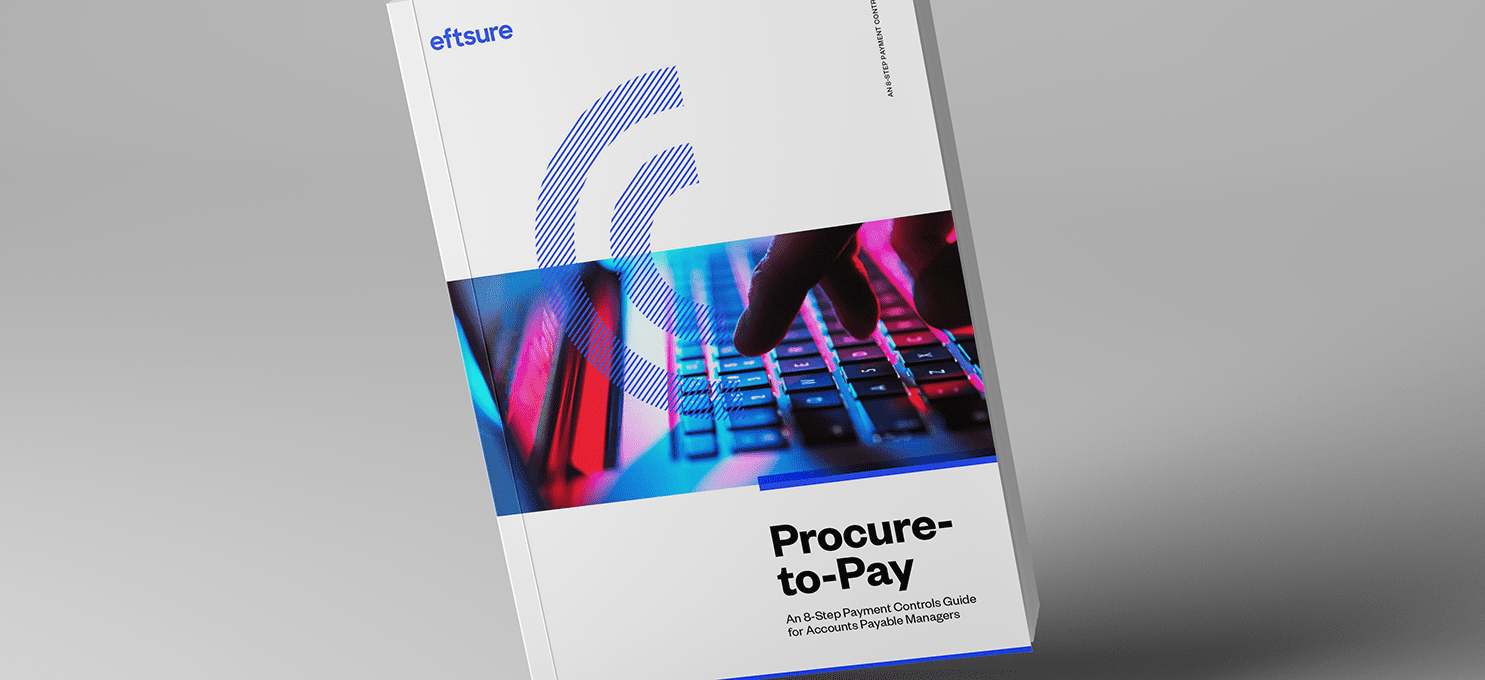5 best internal controls over vendor master file
Internal controls over vendor master file keep your data secure with clear rules, audit trails, and consistent oversight for long-term data integrity
Managing invoices can be a time-consuming and complicated process. Because it involves tracking multiple payments and expenses, it requires accuracy and a highly organised approach in order to avoid costly mistakes.
But the right tools and practices can help Accounts Payable (AP) teams do more with less when it comes to day-to-day invoice management. They help streamline processes and improve cash flow, all while embedding stronger security across each step.
This article will explore those tools, practices and tips, along with all the basics financial professionals should know about invoice management.
Invoice management is the process of tracking, managing and paying supplier invoices, a crucial element of any AP function.
This includes recording the details of invoices, generating reports and tracking the status of payments. Invoicing management encompasses creating invoices, tracking and sending reminders for payments and generating reports for accounting purposes.
Invoice management generally comes under the realm of the AP team and is part of the procure-to-pay cycle. That being said, AP teams are responsible for the following:
Overall, AP teams play a crucial role in managing invoices and ensuring that payments are made accurately and on time. However, if businesses don’t manage their invoices correctly, it can create vulnerabilities that cybercriminals are eager to exploit.
For instance, cybercriminals can impersonate suppliers and send seemingly legitimate invoices to AP teams – in other words, “invoice fraud.” All it can take to deceive your AP team is an incorrect invoice number or a lookalike email address.
Especially during busy periods, people aren’t perfect and sometimes trust a message or link that they shouldn’t trust. Today’s social engineering tactics and phishing messages are far more sophisticated than the “Nigerian prince” email scams of yesteryear – it’s easier to fall victim than you might think.
So what can you do to prevent invoice fraud and other types of cyber-crime? Here are some tips to get you started.
Now that we have discussed the importance of invoice management, let’s examine some tips for good invoice management:
By implementing automated invoice management, you can save time and money to focus on other essential aspects of your business. Invoice management software can assist with accurate data processing, faster invoice processing and more. Effective invoice management also helps ensure that all invoices are accurate, which reduces the risk of errors that could be exploited by cybercriminals. When all invoices are checked for accuracy and authenticity, it’s easier to spot any irregularities or inconsistencies.
Timely invoicing can ensure that you receive payments on time, improving your cash flow. You can pay invoices faster allowing you to reduce the time between invoicing the supplier and payment through effective invoice management.
With effective invoice management, you can implement strict security protocols to safeguard your financial data. This might include measures like encryption, password protection, and multi-factor authentication. By making it harder for cybercriminals to access your financial information, you can reduce the risk of fraudulent activities.
Keeping accurate records is essential for any business, and invoice management plays a vital role in maintaining these records. An efficient invoicing system will ensure that all invoices are recorded, tracked and easily accessible. This will help you keep track of outstanding payments, identify late-paying clients and maintain a clear record of all financial transactions.
Effective invoice management also empowers you to build and maintain stronger client relationships. Clear, concise, timely invoices demonstrate reliability and professionalism while reducing the risk of misunderstandings and payment disputes.
When you have a robust invoice management system in place, you’re better equipped to detect fraud. For example, you might notice patterns of suspicious activity or unauthorised transactions that indicate someone is attempting to defraud you. By detecting fraudulent activity early, you can take steps to stop it and minimise any damage.
Invoicing is a crucial aspect of any accounts payable function – finding better ways to manage it is key to maintaining a healthy cash flow and mitigating cyber risks. Streamlining your invoicing system may require a bit of extra effort, but it can end up saving money and time in the long run, especially amid rising cyber-crime rates.
You can add an extra layer of security by creating a dedicated email to manage invoices. Here’s an example of a dedicated AP email address:

A dedicated accounts payable email address for invoices can simplify the task of managing and tracking payments, along with minimising your exposure to phishing emails.
Technology-enabled solutions can also ensure another layer of security, without requiring more time or effort from staff. For instance, Efture’s solution ensures that you’re paying the intended supplier by matching the BSB and account number – this is a centralised, automated approach that reduces the amount of human error and oversight at play.
With our real-time alert system, your AP team can identify each outgoing payment and ensure it is being sent to the intended legitimate supplier.
For a demonstration of how Eftsure can help manage your invoices from fraud, error or cyber-crime, contact us today.

Internal controls over vendor master file keep your data secure with clear rules, audit trails, and consistent oversight for long-term data integrity
The vendor master data cleansing process is a critical activity every AP team should periodically undertake to stop payment errors and fraud.
Establishing vendor master file best practices is the first step to cleaning your how your supplier data should be handled and maintained.
End-to-end B2B payment protection software to mitigate the risk of payment error, fraud and cyber-crime.